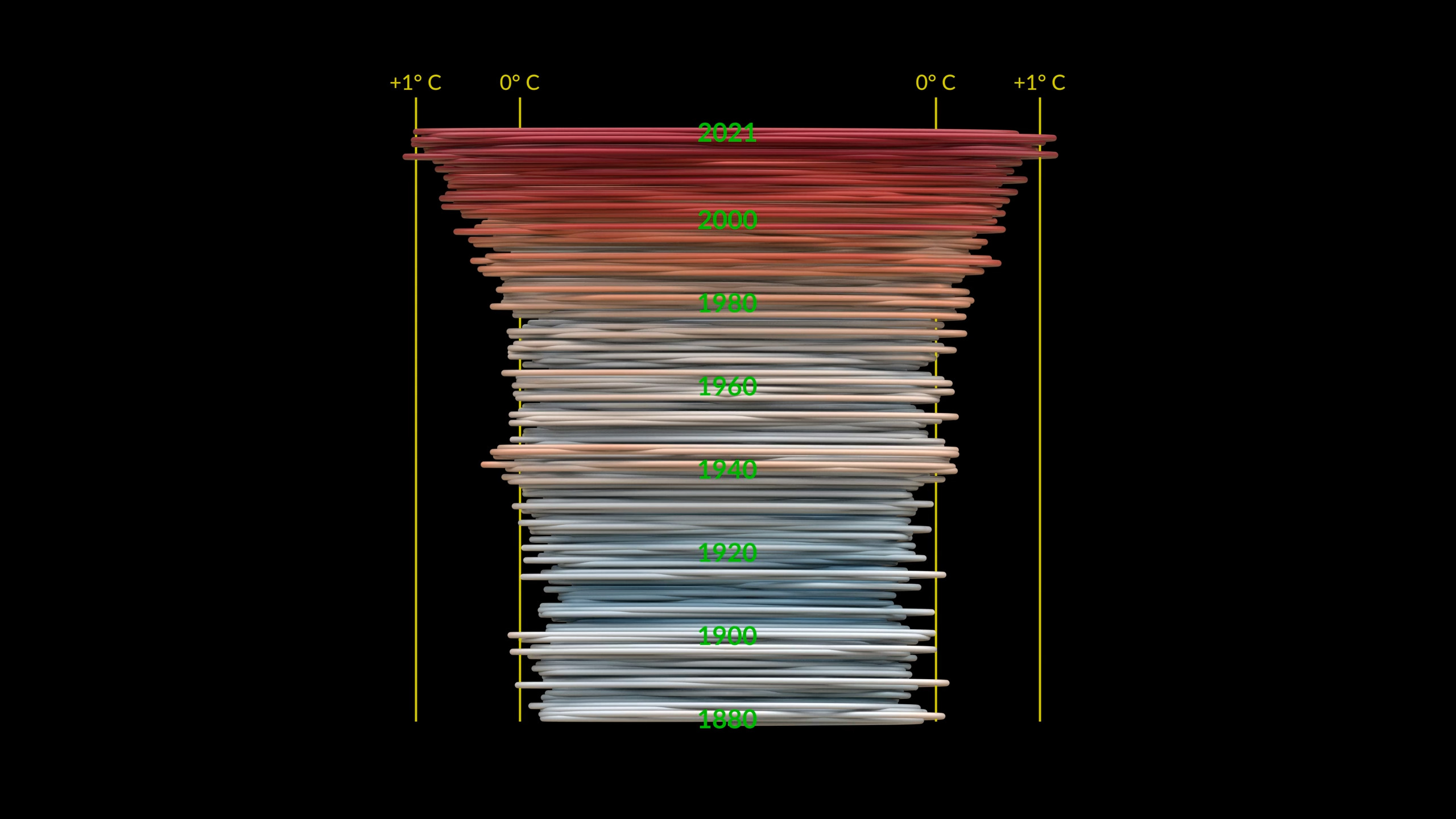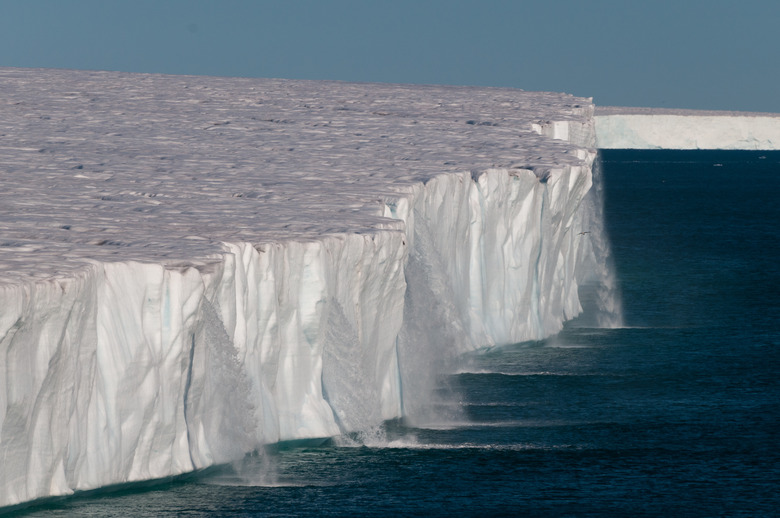We Have A Very Small Opportunity To Save Greenland's Ice Sheet, Study Claims
Our planet's ice sheets are melting. The glaciers found in Greenland and the Arctic are slowly melting, lowering their solidity as global temperatures continue to rise. Now, a new study claims that we may have a small window of opportunity to turn things around and save the melting ice sheet that covers Greenland.
The vast ice sheet that covers most of Greenland has waned quite a bit over the past hundreds of thousands of years, and if it melts, it could raise sea levels an astonishing 20 feet. While this new window won't stop the Arctic ice shelf (pictured above) from melting, it could help mitigate some of the ongoing issues surrounding our planet's changing climate.
The threat that all the ice in the world could melt is very real and would leave entire coastlines devastated and underwater as sea levels rise. Over the past several years, we've seen multiple warnings that the Greenland ice sheet could melt if temperatures become too high.

The window of concern has hovered right around 3.6 Fahrenheit, or 2 Celsius. This is above pre-industrial levels on Earth, and we've already warmed to about 2 Fahrenheit or 1.1 Celsius, reports indicate. This new study, though, claims we might have a bit more wiggle room than that when it comes to saving the Greenland ice sheet.
The ice sheet, the researchers say, is more resilient than you might expect. Of course, that resiliency does have its own pounds, and there is still the possibility of an irreversible sheet collapse within the next few thousand years if the temperature overshoots the 2 Celsius threshold.
However, the researchers believe that if we go over that threshold just a little, it won't cause a total collapse so long as we can lower levels back down in a certain amount of time. This small window would give us time to repair the damage and possibly save the Greenland ice sheet.
But the big issue isn't what is melting today. The big issue, they say, is how much will melt in the future. See, the melting that we're seeing right now was put into effect thousands of years ago. And, the melting of the future will be determined by how much we can keep the world's temperature below that 2 Celsius threshold.
